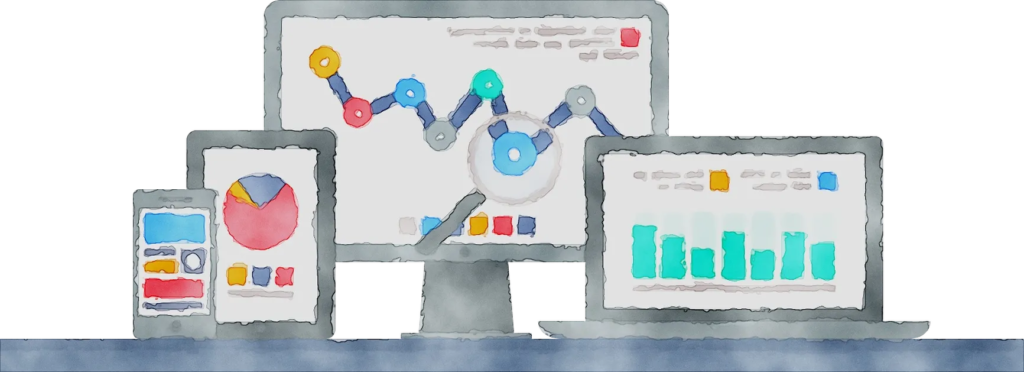It’s common to think all analysts are the same. They may all enjoy SQL, spreadsheets, and working alone. But there are actually different types of analysts, each with unique skills. This post will explain Product Analytics, its importance, and how it differs from traditional Business Intelligence (BI).
What is Product Analytics?
Product Analytics focuses on your digital product—like your website or app. This could be your main product, such as a blog or an app for tracking habits. It could also be part of a bigger system, like an e-commerce site where users buy products and use customer support.
Product Analytics covers everything users do on your digital product. This includes filling out forms, searching, adding items to a cart, or reading content. If you look at data from a website or app, you are likely a Product Analyst.
How Product Analytics is Different from Traditional Analytics
In the past, Web Analysts focused more on sales and less on user behavior. Now, this role has evolved into Digital Analyst and, more recently, Product Analyst.
Web Analysts once treated websites like physical stores. They focused mainly on sales data rather than user behavior. With digital-only products like apps and online services, Product Analytics became important. Today, Product Analysts work with UX teams, product managers, and developers to improve user experiences and increase conversions.

Skills for a Great Product Analyst
Understanding User Behavior
Knowing how to work with data is important, but understanding why users act the way they do is crucial. For example, if users take different paths to subscribe, you need to understand why. This helps you improve the user experience and boost conversions.
If you see that users clicking ‘Let’s go’ convert better than those clicking ‘See our prices,’ it might be because ‘Let’s go’ users are more committed to buying. Understanding these differences helps you design better experiences for all users.
Building Relationships with Stakeholders
Product Analysts often make recommendations to improve user experience, which might not show immediate results. Building strong relationships with stakeholders, like UX designers and brand teams, is essential.
You need to explain why improving user experience is important, even if it doesn’t give quick results. Balancing brand identity with user experience helps you drive positive changes.
Embracing Experimentation
Experimentation is a big part of Product Analytics. A/B tests and other experiments help you find areas to improve. Work with a team, including designers, developers, and analysts, to run experiments effectively.
Be ready for some experiments to fail. These failures give you valuable insights. Use what you learn to make future experiments better.
Choosing What to Track
Don’t track every tiny detail. Focus on meaningful events that give useful data. Work with product teams to keep tracking consistent and useful. Regularly review your tracking to keep it effective.
Effective Storytelling
Good storytelling is key for Product Analysts. Present your findings clearly. Use simple charts and direct recommendations to make your analysis easy to understand.
Create a presentation with a summary, purpose, story slides, findings, and recommendations. This helps ensure your analysis is understood and acted upon.
The Future of Product Analytics
Many Product Analysts, including myself, may have discovered this role by chance. As digital interactions grow, more people may pursue careers in Product Analytics. Unlike Data Science or BI, Product Analytics values understanding user behavior more than technical skills.
As digital products become more important, Product Analytics will grow. Analysts will need to combine technical skills with a deep understanding of user behavior to make meaningful improvements and achieve business goals.
